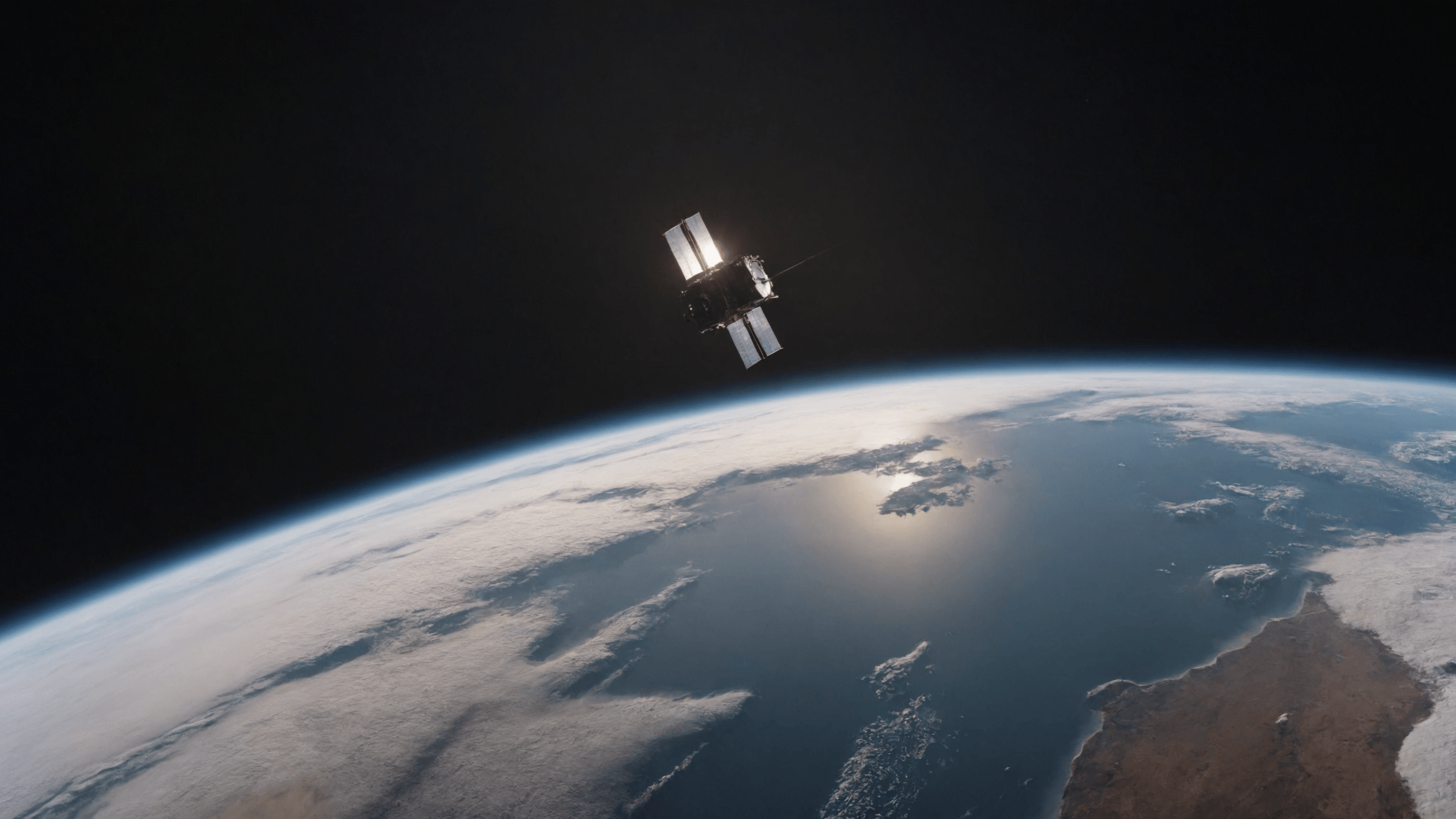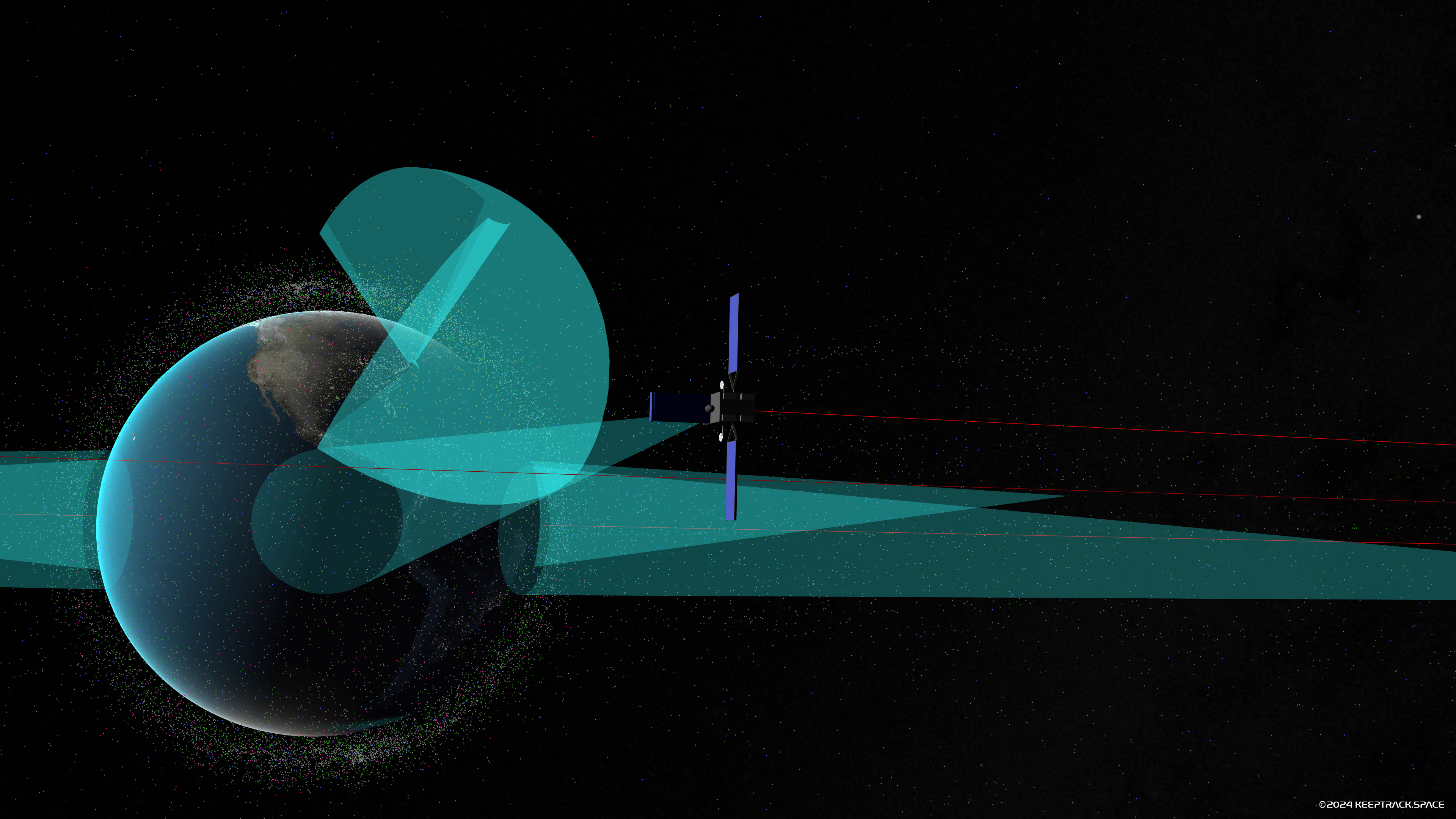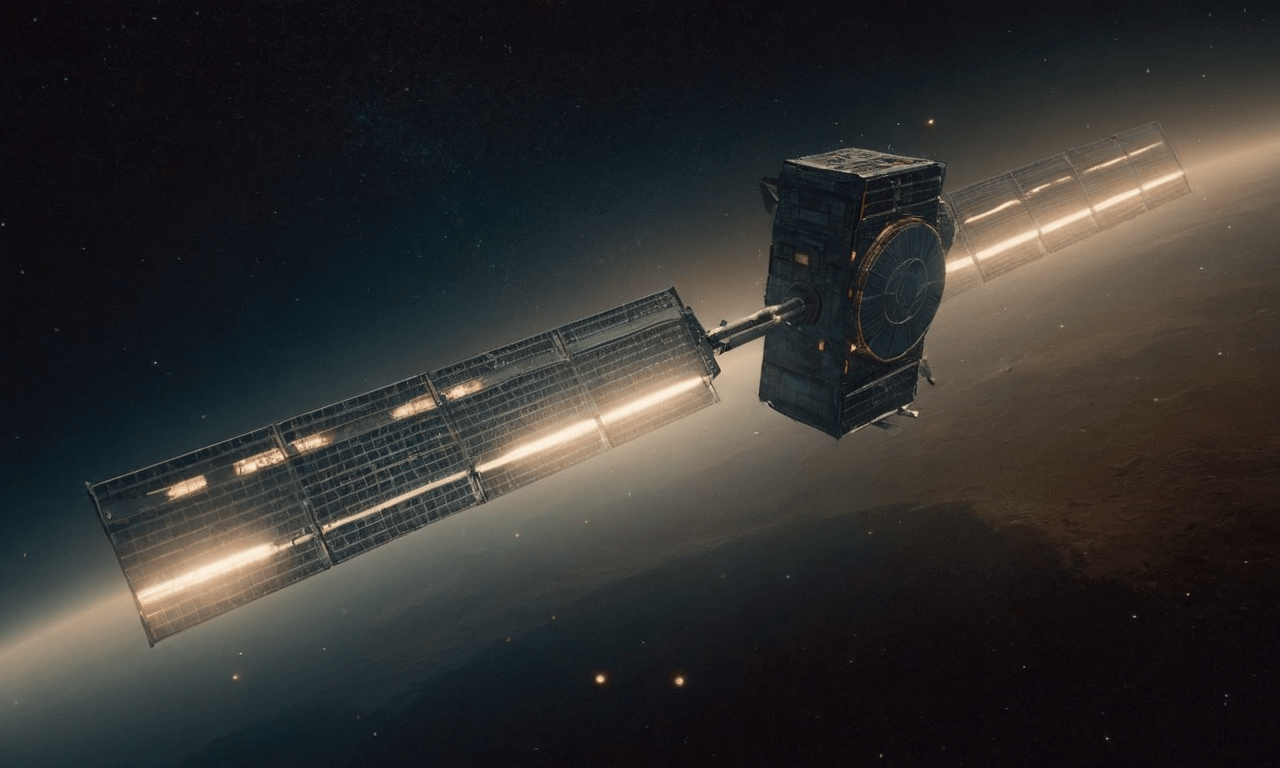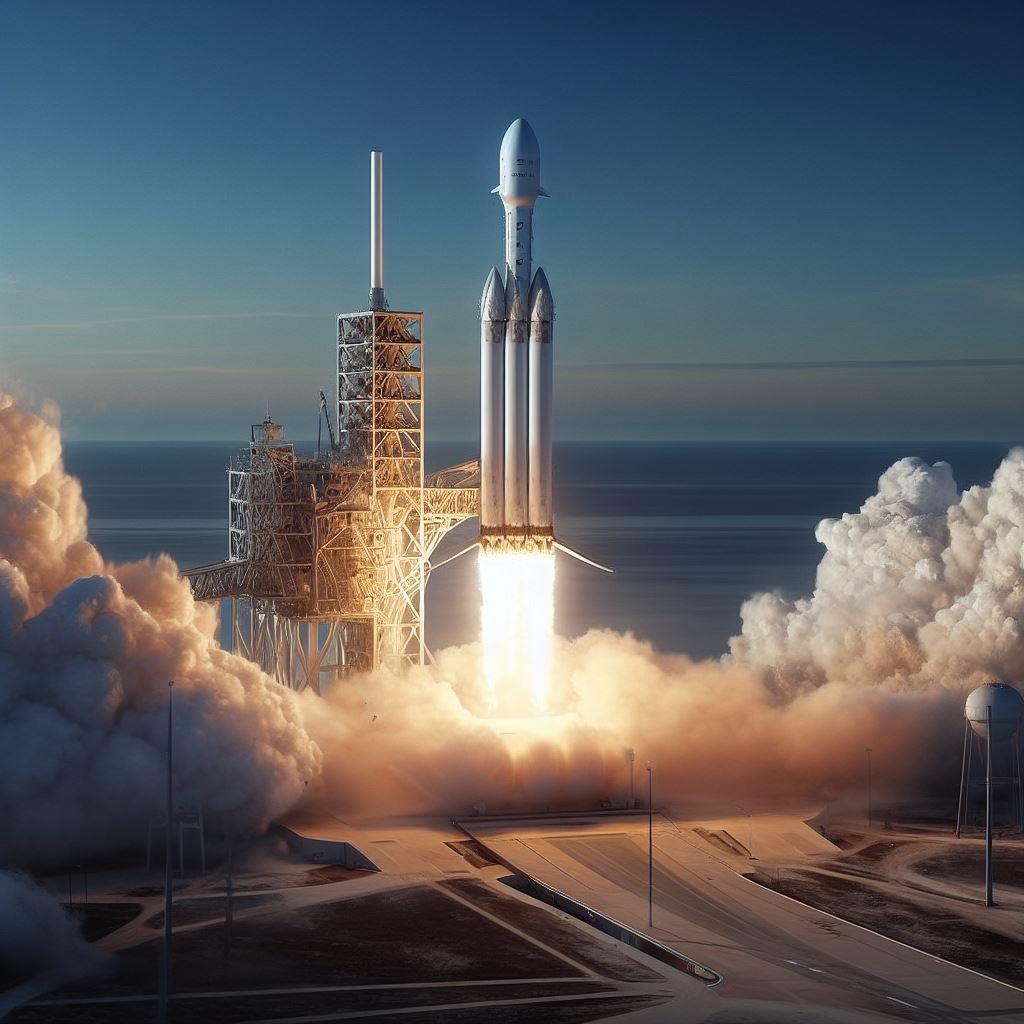· space brief · 7 min read
Space Brief 28 Aug 2024
A Falcon 9 booster fails to land, increasing GPS and PNT significance for national security, and NASA's SLS mobile launch platform costs soar.

📄Top Stories
A Falcon 9 booster failed to land, marking SpaceX’s first unsuccessful landing in three and a half years. This incident highlights the challenges and risks even experienced operators face.
Military experts emphasize the need for focused efforts on GPS and PNT to safeguard national security against increased threats using smart weapons, drones, and missiles.
NASA’s inspector general’s report reveals significant cost overruns in the construction of the SLS mobile launch platform, with expenses ballooning to over six times the initial estimate.
📰Detailed Coverage
Falcon 9 Booster Lost in Rare Unsuccessful Landing
A Falcon 9 booster tipped over in a fiery landing after an August 28 launch, marking SpaceX’s first unsuccessful booster landing in three and a half years. The incident underlines the inherent risks and technical challenges of reusable rocket technology.
The failed landing occurred after the booster completed its mission of delivering a batch of Starlink satellites. It highlights the importance of continuous innovation and rigorous testing in maintaining reliability in space launch operations.
Read the full story: SpaceNews
US Leaders Warned to Focus on GPS and PNT to Protect the Nation
Amid increasing global security threats, experts are calling on U.S. leaders to prioritize investments in GPS and positioning, navigation, and timing (PNT) systems. This focus is critical for maintaining an edge in smart weapons technology and counteracting adversarial advances.
The deployment and security of GPS and PNT systems are essential for national defense, particularly in conflict zones like Ukraine and the Middle East. Enhanced PNT capabilities ensure that drones, missiles, and other technologies can operate effectively under contested conditions.
Read the full story: SpaceNews
NASA’s Inspector General Predicts Continued Cost Growth for SLS Mobile Launch Platform
NASA’s inspector general has projected a significant cost overrun in the construction of the Space Launch System (SLS) mobile launch platform. A new report indicates that the total cost could exceed its original budget by over sixfold.
This rise in expenses underscores the complexities and financial risks associated with developing large-scale space infrastructure. Continuous monitoring and effective management strategies are needed to control costs and meet launch schedules.
Read the full story: SpaceNews
Experts Warn U.S. Falling Behind in Satellite Imaging Race: ‘We’ve Gone Backwards’
Former NGA official David Gauthier voiced concerns that the U.S. is losing its competitive edge in commercial satellite imaging. Current funding levels are insufficient to keep up with advancements by other nations or private companies.
This lag could impact various sectors, including national security, disaster response, and environmental monitoring. Innovative funding strategies and collaboration with private entities may be necessary to regain and maintain technological superiority.
Read the full story: SpaceNews
Valve Problem Blamed for Peregrine Lunar Lander Failure
Astrobotic has identified a valve malfunction as the cause of its Peregrine lunar lander’s mission failure. The issue has prompted a redesign of the valve and an overall modification of the propulsion system for their larger Griffin lander.
This failure illustrates the importance of meticulous system checks and the potential ripple effects of minor components on mission success. The updated designs aim to enhance reliability for future lunar missions.
Read the full story: SpaceNews
Hungary for Space: 4iG Seeks Vertically Integrated Capabilities
Hungary’s largest communications provider, 4iG, is aiming to turn the nation into a significant player in the European space sector. This move includes investments in vertically integrated capabilities spanning satellite manufacturing, launch services, and data applications.
4iG’s ambitions reflect a broader trend of national and private sector investment into space programs, enhancing the overall diversity and resilience of the global space industry.
Read the full story: SpaceNews
🛰️Satellite Spotlight
- Satellite Name: PLANETUM1
- NORAD ID: 52738
- Launch Date: 2022-05-25
- Mission: Educational and demonstrative purposes, focusing on space observation and STEM outreach.
- Orbit: 97.5708° Inclination, 92.8687-minute Period, Near-circular at low Earth orbit.
- Operator: SPMNC/PLNTM
- Fun Fact: PLANETUM1 was developed with significant input from high school students, engaging the younger generation in space technologies.
Current TLE Data:
1 52738U 22057G 24238.62106531 .00091964 00000-0 15924-2 0 99996
2 52738 97.5708 7.6911 0006136 257.5646 102.4918 15.50576026125299
Track this satellite in real-time on our web app: Track PLANETUM1
🗑️Space Debris Update
Current tracked debris objects: 14002
Notable recent events
- On September 8, 2024, the European satellite “Salsa” will re-enter the Earth’s atmosphere and burn up safely over a designated region of the South Pacific. This planned deorbit is a significant event in the context of space debris mitigation, as it represents proactive steps to manage and minimize the impact of space junk. This controlled reentry will help reduce the risk of unplanned collisions with other orbital debris.
🚀Upcoming Space Launches
August 28
- SpaceX Falcon 9:
- Starlink Group 8-6 from Cape Canaveral (05:50 UTC) A batch of 21 satellites for the Starlink mega-constellation - SpaceX’s project for a space-based Internet communication system.
August 29
- Galactic Energy Ceres-1S | Unknown Payload from Haiyang Spaceport (05:10 UTC)
- Blue Origin New Shepard | NS-26 from West Texas Launch Site (13:00 UTC) Twenty-sixth flight of New Shepard carrying six passengers.
August 30
- SpaceX Falcon 9:
- Starlink Group 9-5 from Vandenberg (05:18 UTC) A batch of 21 satellites for the Starlink mega-constellation - SpaceX’s project for a space-based Internet communication system.
- Polaris Dawn from Kennedy Space Center (07:38 UTC) First mission of the privately funded Polaris program. The goal of this mission, lasting up to five days in orbit, is to fly higher than previous Dragon missions, perform the first-ever commercial EVA with SpaceX-designed spacesuits, orbit through portions of the Van Allen radiation belt, conduct medical research, and test laser-based Starlink communications in space.
August 31
- SpaceX Falcon 9 | Starlink Group 8-10 from Cape Canaveral (05:39 UTC) A batch of satellites for the Starlink mega-constellation - SpaceX’s project for space-based Internet communication system.
September 3
- SpaceX Falcon 9 | NROL-113 from Vandenberg (01:56 UTC) Third batch of satellites for a reconnaissance satellite constellation built by SpaceX and Northrop Grumman for the National Reconnaissance Office to provide imaging and other reconnaissance capabilities.
September 4
- Arianespace Vega | Sentinel-2C from Guiana Space Centre (01:50 UTC) Sentinel-2C is the third satellite in the Sentinel-2 constellation, which is designed to provide high-resolution optical imagery for land services.
September 11
- Mitsubishi Heavy Industries H-IIA 202 | IGS Radar 8 from Tanegashima Space Center (04:00 UTC) The IGS Radar 8 is a Japanese radar reconnaissance satellite. The satellite is operated by the Cabinet Satellite Information Center. The satellite serves both Japan’s national defense and civil natural disaster monitoring.
- ROSCOSMOS Soyuz 2.1a | Soyuz MS-26 from Baikonur Cosmodrome (16:22 UTC) Soyuz MS-26 will carry two cosmonauts and one astronaut to the International Space Station aboard the Soyuz spacecraft from the Baikonur Cosmodrome in Kazakhstan.
Note: Launch dates and times are subject to change due to technical or weather considerations.
💡Did You Know?
Did you know that the largest known asteroid in our solar system is named Ceres? With a diameter of about 940 kilometers (584 miles), Ceres is so large that it is classified as a dwarf planet. It contains about one-third of the total mass of the asteroid belt and is the only dwarf planet located in the inner solar system. Despite its size, Ceres wasn’t discovered until 1801 by Italian astronomer Giuseppe Piazzi.
🔬Technical Corner
Space Radiation
Space radiation is a significant concern for both human spaceflight and satellite operations. It consists of high-energy particles that can penetrate spacecraft and human tissue, potentially causing damage to electronics and posing health risks to astronauts.
Key aspects of space radiation include:
- Galactic Cosmic Rays (GCRs): High-energy particles originating from outside our solar system.
- Solar Particle Events (SPEs): Bursts of energetic particles ejected by the Sun during solar flares and coronal mass ejections.
- Trapped Radiation: Particles held in place by Earth’s magnetic field, forming the Van Allen radiation belts.
- Secondary Radiation: Particles produced when primary radiation interacts with spacecraft materials.
- Radiation Shielding: Methods used to protect astronauts and equipment, including physical barriers and magnetic fields.
Understanding and mitigating the effects of space radiation is crucial for long-duration space missions, particularly those beyond Low Earth Orbit. It impacts spacecraft design, mission planning, and the development of protective measures for both human crews and sensitive electronic equipment.




